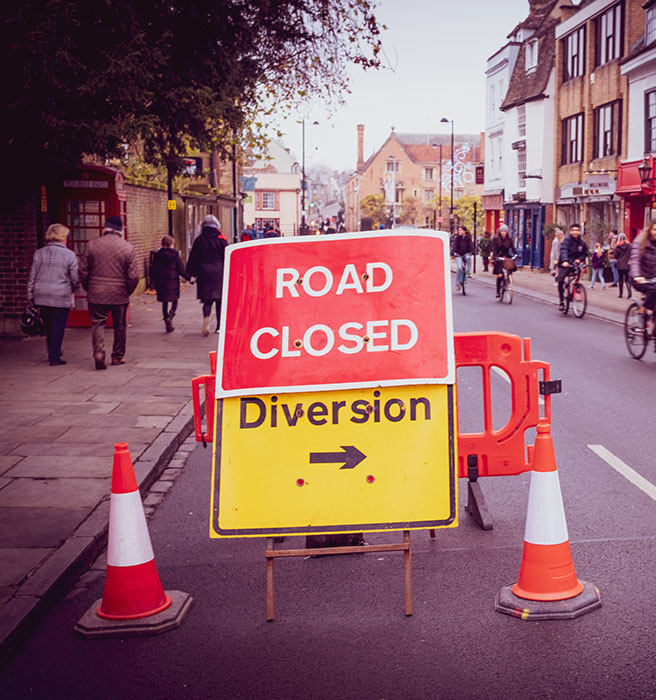#MoveTheDate
Implementing ‘Barcelona-style’ superblocks in urban areas would move Earth Overshoot Day by 5 days.
What is the solution?
Superblocks in compact urban areas involve confining automobile through-traffic to every second or third street of the urban street grid. This opens up half to two-thirds of urban road space to people, bikes, parks, local traffic, and transit.
This solution improves our resource security in the cities category.
How does it #MoveTheDate?
Studies on Barcelona’s superblocks (pioneered in 2016) show that automobile traffic is reduced by over 19% in superblock areas, and that automobile trips are replaced by increased walking, cycling, and transit trips. Survey respondents also report a significantly improved quality of life.
How is it scalable?
Superblocks are part of a broader movement to reclaim urban space from motor vehicles, and the idea is gaining traction in many more cities. However superblocks require simultaneous investment in public transit and bicycle and pedestrian infrastructure to function effectively.
What is the solution?
Superblocks in compact urban areas involve confining automobile through-traffic to every second or third street of the urban street grid. This opens up half to two-thirds of urban road space to people, bikes, parks, local traffic, and transit.
This solution improves our resource security in the cities category.
How does it #MoveTheDate?
Studies on Barcelona’s superblocks (pioneered in 2016) show that automobile traffic is reduced by over 19% in superblock areas, and that automobile trips are replaced by increased walking, cycling, and transit trips. Survey respondents also report a significantly improved quality of life.
How is it scalable?
Superblocks are part of a broader movement to reclaim urban space from motor vehicles, and the idea is gaining traction in many more cities. However superblocks require simultaneous investment in public transit and bicycle and pedestrian infrastructure to function effectively.
Contemporary cities devote up to 70% of public space to accommodate motor vehicles, whereas no more than 25% is suggested for a sustainable design. Superblocks emerge from two opposing ideas – those driven by low-density, car-dependent suburbs, and those that turn high-density urban areas, like Barcelona, into less car- dependent and more pedestrian-friendly zones. The former establishes very resource intensive living patterns including long commutes and large inefficient housing with significant per-capita infrastructure needs. The latter makes efficient city structures even more efficient and, importantly, more livable.
Barcelona is set to expand its superblocks to cover the entire city center in 2022. Meanwhile, during the COVID pandemic, a number of cities around the world closed a percentage of their streets to give pedestrians and bicyclists more space. This could be seen as a quick implementation of ‘Barcelona style’ superblocks, with all its advantages: more space for play and recreation, safe distance from each other, calmer neighborhoods, and making living spaces more attractive, etc.
Let’s not wait until another pandemic to implement ideas whose time has come!
For more on the history and philosophy of block design, check out this Wikipedia page.
There’s no benefit in waiting!
Acting now puts you at a strategic advantage in a world increasingly defined by ecological overshoot. Countless solutions exist that #MoveTheDate. They’re creative, economically viable, and ready to deploy at scale. With them, we can make ourselves more resilient and #MoveTheDate of Earth Overshoot Day. If we move the date 6 days each year, humanity can be out of overshoot before 2050.

